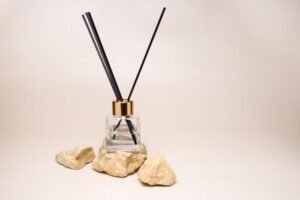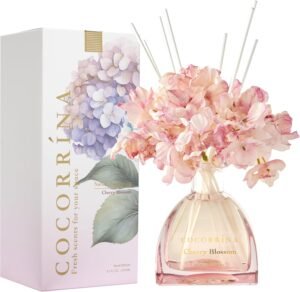Have you ever walked into a space and felt an immediate sense of calm, energy, or simply a deep feeling of "home"? Often, this isn’t just about what you see; it’s also about what you smell. For customers like Anita, who manage national brands and look for diversified product ranges, or Lisa, a brand owner focused on complete product lines, the fusion of sensory experience and visual appeal is a goldmine. It’s about creating an atmosphere that appeals to all senses.
The design concept of combining aromatherapy and decoration integrates the therapeutic benefits of scent with aesthetically pleasing objects, transforming functional fragrance diffusers into integral elements of interior design. This approach aims to create cohesive, multi-sensory environments where aroma enhances mood and well-being, while the diffuser itself contributes significantly to the visual appeal and overall ambiance of a space, moving beyond mere functionality to offer a holistic sensory and visual experience.
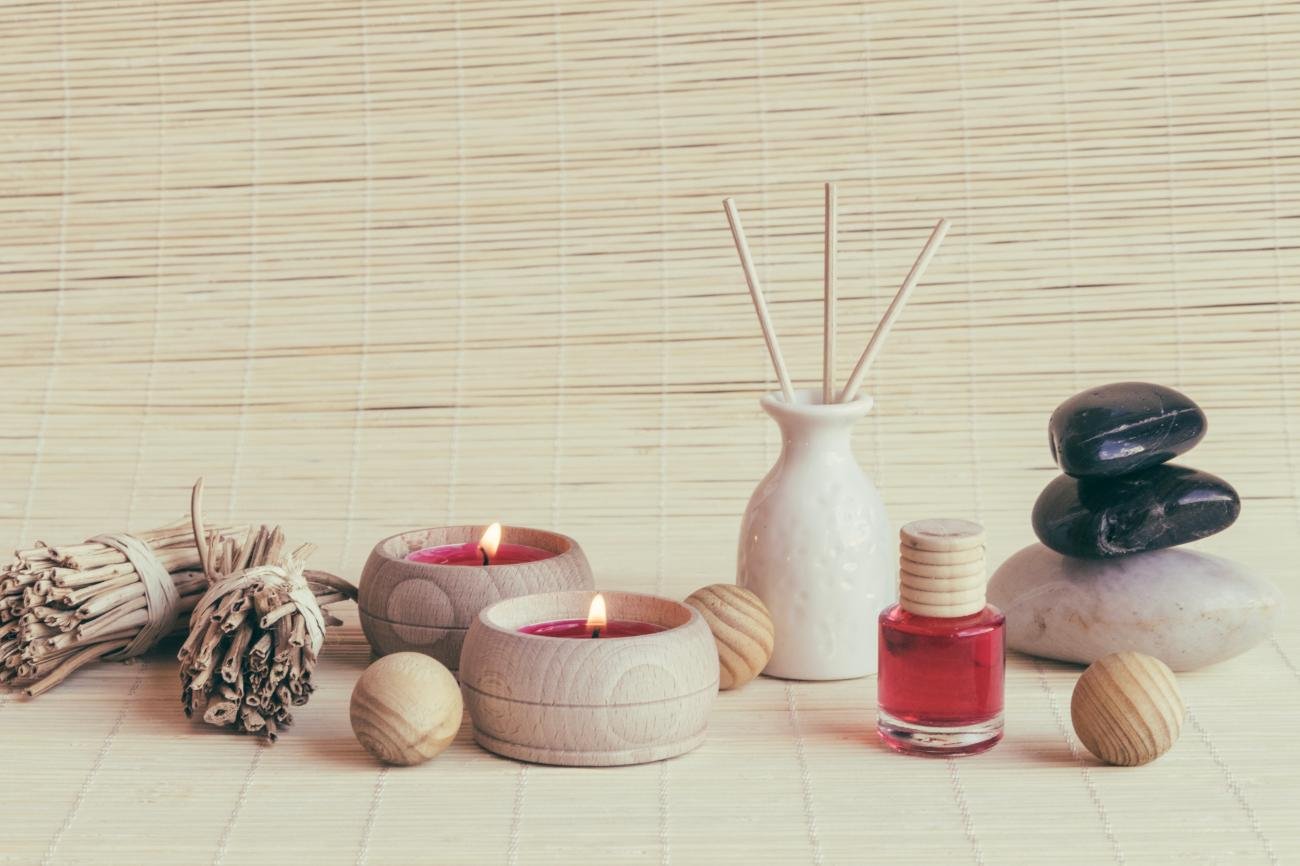
Back when we started collaborating with globally renowned brands like COZY, we quickly realized that a product’s appeal goes far beyond just its primary function. A scented candle isn’t just about lighting a flame and smelling a scent; it’s about the soft glow, the elegant jar, the way it fits into your home’s aesthetic. The same is true for diffusers. For years, diffusers were often hidden away, just functional items. But what if they could be more? What if they could be little pieces of art that also bring therapeutic benefits? This idea, marrying the art of scent with the art of decor, is something our international design team here at ENO passionately explores. Let’s delve into this exciting blend.
The Evolution: From Hidden Function to Visible Form
Think about the journey of aromatherapy products. They started as very practical items. Now, they are much more. This shift is key to understanding the design concept.
The design evolution of aromatherapy products reflects a significant shift from purely functional, often concealed objects to aesthetically integrated decorative elements. Early products prioritized therapeutic efficacy regardless of appearance, but contemporary trends recognize scent diffusers not just as tools for well-being but as vital components of interior decor, designed to be visually appealing and enhance a space’s aesthetic harmony.
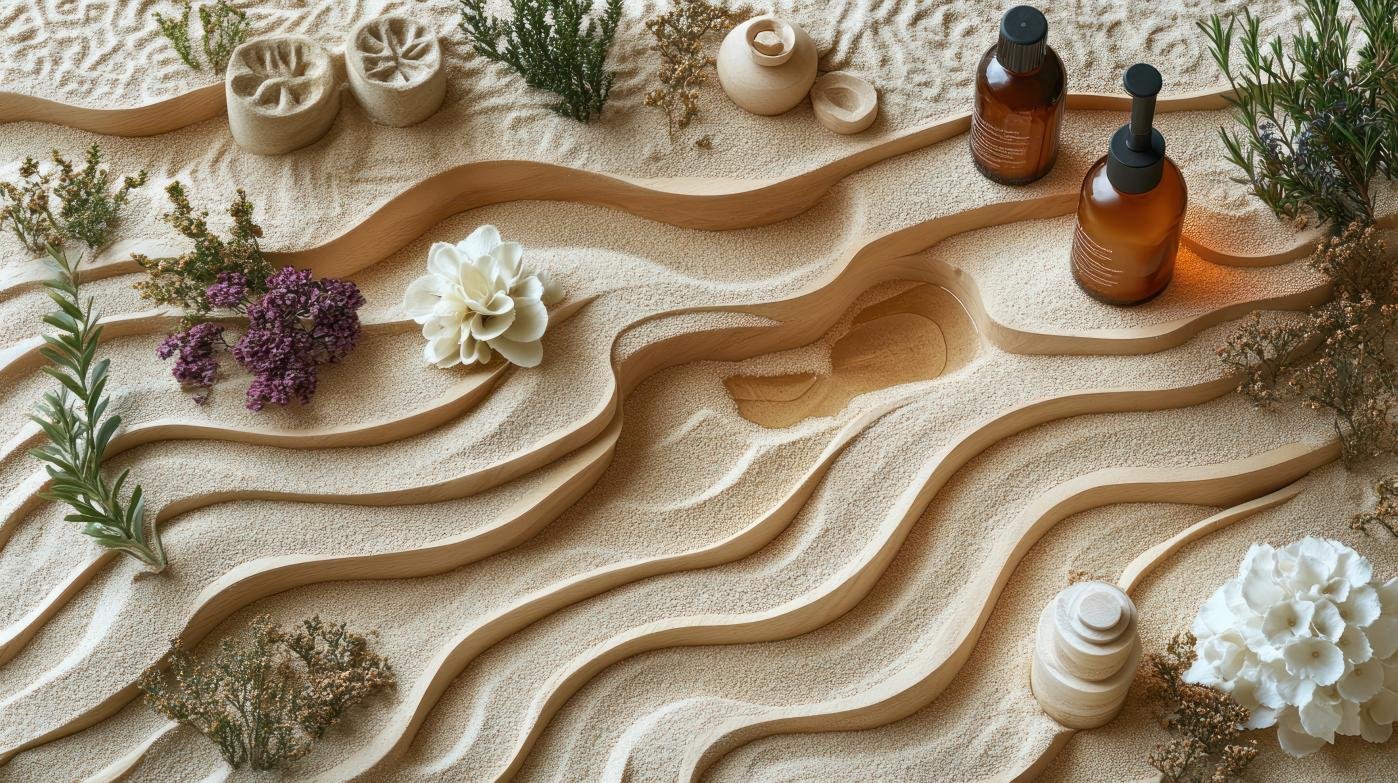
Let’s trace this path to understand where we are today.
The Early Days: Focus on Functionality
In the beginning, aromatherapy products were very utilitarian.
- Clinical Appearance: Essential oil bottles were often plain, amber glass, focused on protecting the contents. Diffusers were basic, uninspired plastic devices, often meant to be hidden from view.
- Therapeutic First: The primary goal was to deliver the medicinal or mood-enhancing benefits of essential oils. Their appearance was an afterthought.
- Strictly Functional Role: These products were tools. You didn’t display them; you used them when needed. Brands like BLUE JACAR, known for their focus on pure essential oils, initially centered mostly on the oil’s quality, with packaging being simple and clean.
The Shift: Rise of Home Fragrance
As the fragrance industry grew, so did the appreciation for home scent.
- Scent as Ambiance: People started to buy scented candles and reed diffusers not just for therapy, but to make their homes smell good. This was a significant step.
- Improved Aesthetics (But Still Secondary): Bottles for reed diffusers became slightly more decorative. Candle jars began to have some design elements. However, the design was still often generic, aiming for "safe" rather than "statement."
- The "Gift" Factor: Home fragrance items became popular gifts. This pushed manufacturers to make them a little more presentable.
The Current Trend: Integrated Decor and Multi-Sensory Experience
Today, the line between functional aromatherapy and decorative home accents has blurred almost entirely.
- Scent as an Extension of Decor: Aroma is now considered an integral part of interior design, just like color palettes, textures, and furniture. A well-designed room factors in how it smells.
- Aesthetics First (Or Equally Important): Diffusers, candles, and room sprays are designed to be visually striking. They are crafted in materials like ceramic, marble, natural wood, or beautifully shaped glass. Their form complements modern and traditional interiors alike.
- Holistic Wellness: The combined effect of appealing visuals and therapeutic scents creates a powerful multi-sensory experience that contributes to overall well-being. It’s about creating a mood, an atmosphere, a feeling. This is what brands like MCM understand when they look for suppliers like ENO – they want products that enhance lifestyle, not just perform a function.
This evolution shows a clear understanding that humans experience their environment holistically. A beautiful object that also delivers a pleasant and beneficial scent creates a synergy that a purely functional item cannot achieve. It recognizes that our visual sense and olfactory sense are powerful tools for creating a sense of comfort and style.
Key Principles of Designing for Aromatherapy and Decoration
So, how do designers actually combine these two concepts? It’s not just about slapping a pretty label on a bottle. There are distinct principles at play.
Designing for combined aromatherapy and decoration involves a mindful selection of materials and finishes that align with current interior trends while being durable and safe. It emphasizes form and silhouette, treating diffusers as sculptural elements that enhance visual appeal, and integrates subtle branding and packaging that reflects luxurious aesthetics appropriate for home environments. Furthermore, the design must consider usability, ensuring that the product performs its aromatic function effectively without compromising its decorative purpose.
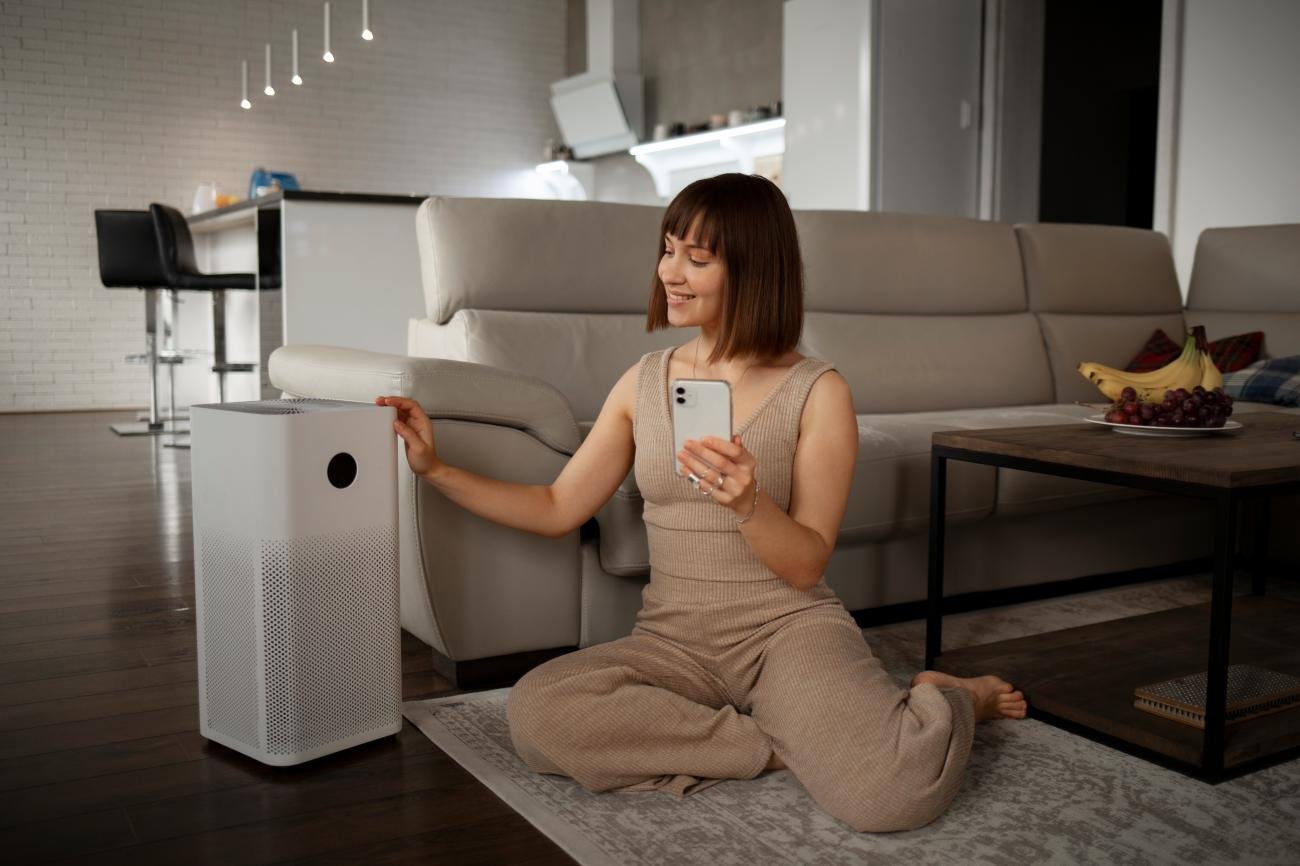
Our international design team at ENO lives and breathes these principles, from idea conception to final product.
1. Material Selection
The feel and look of the product start with its material.
- Trend-Driven Choices: Designers pick materials that align with current interior design trends:
- Natural Materials: Ceramic, stoneware, wood, concrete, marble, and cork offer earthy, organic textures that fit minimalist, Scandinavian, or rustic aesthetics. They also provide a sense of authenticity.
- Glass: Often used for reed diffuser bottles, glass can be clear, frosted, colored, or textured. Its transparency allows the oil to be seen (or subtly hidden), and its weight denotes quality.
- Metals: Brass, copper, or sleek chrome can add modern, industrial, or luxurious accents.
- Durability and Safety: Beyond looks, materials must be durable enough to hold liquids, withstand temperature changes (for candles), and be non-toxic.
2. Form, Silhouette, and Ergonomics
The shape and contour of the diffuser itself.
- Sculptural Elements: Diffusers are designed to be objects of beauty, almost like small sculptures. This means clean lines, interesting contours, and balanced proportions.
- Integration vs. Statement:
- Integration: Designs often aim to blend seamlessly with existing decor, using neutral colors and understated forms.
- Statement: Sometimes, the diffuser is meant to be a focal point, using a bold color, unique shape, or interesting texture, becoming a conversation piece.
- Ergonomics: The design must still be practical. Can you easily open it? Is it stable? Can refills be done without a mess?
3. Color Palette and Finish
The visual tone of the product.
- Harmony with Interiors: Colors are typically chosen to complement a wide range of interior palettes. Neutrals (whites, grays, blacks, natural wood tones) are popular. Soft pastels or muted jewel tones are also used.
- Tactile Finishes: Matte, satin, polished, or textured finishes add to the sensory experience. A ceramic diffuser with a raw, unglazed bottom and a smooth, glazed top offers distinct visual and tactile appeal.
4. Branding and Packaging
Often overlooked, but crucial for the holistic experience.
- Subtle Branding: Logos are often minimalist, debossed, or subtly placed to maintain a sophisticated look that doesn’t distract from the overall aesthetic.
- Gift-Ready Packaging: Presentation boxes are designed to be elegant and protective, reflecting the quality of the product inside and making it suitable for gifting. This is vital for clients who sell to wholesalers or directly retail their products.
5. Usability and Functionality
The product still needs to deliver scent effectively.
- Efficient Scent Delivery: The design should not compromise the primary function. For reed diffusers, this means the bottle opening is appropriate for the reeds, and the wicking system is effective. For essential oil diffusers, the mechanism is hidden but performs efficiently.
- Ease of Use: Is it easy to set up? Is it easy to clean?
- Safety: Incorporate features that minimize spills for liquids or fire hazards for candles.
By carefully considering these principles, designers transform a simple aromatherapy product into a decorative item that enriches the user’s environment both visually andolfactorily. This holistic approach is at the core of ENO’s product development, giving our clients a competitive edge.
The Impact on User Experience and Brand Value
So, what’s the big deal? Why is combining aromatherapy and decoration such a powerful concept? It all comes down to the user experience and, ultimately, brand value.
The integrated design of aromatherapy and decoration profoundly enhances user experience by creating cohesive, multi-sensory environments that foster well-being and aesthetic pleasure. This holistic approach elevates products beyond mere functionality, distinguishing brands in the market and building strong brand loyalty by delivering a luxurious and harmonious lifestyle appeal.
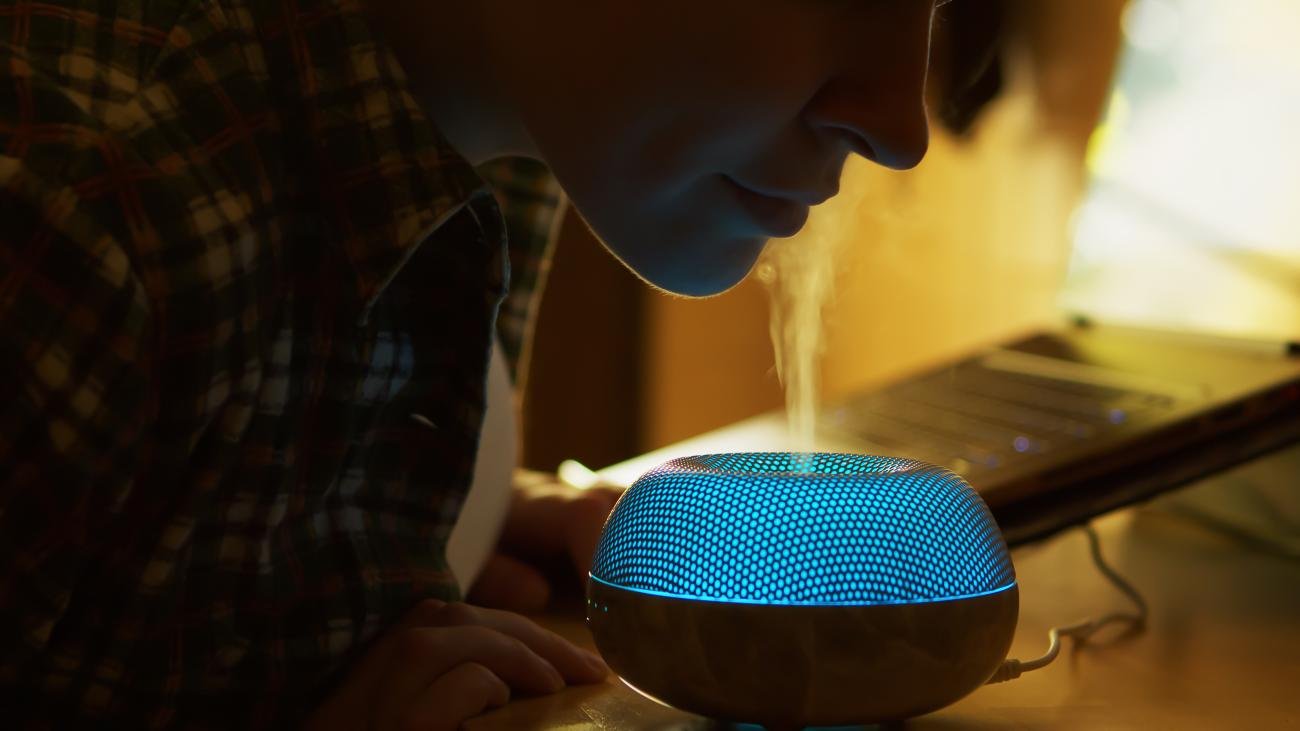
Let’s explore the ripple effect of this design philosophy.
1. Enhanced User Experience
It’s about making people feel good in their space.
- Multi-Sensory Harmony: When sight and smell work together, the experience is more profound. A beautifully designed diffuser with a calming scent creates an immediate sense of peace and sophistication. This appeal to multiple senses creates a richer, more memorable experience.
- Emotional Connection: Aesthetics evoke emotion. A well-designed product that makes your space look good and smell good fosters a stronger emotional connection and sense of satisfaction. It contributes to feelings of comfort, luxury, or tranquility.
- Convenience and Integration: Products that are attractive don’t need to be hidden away. They can be placed strategically to maximize their aromatic and visual impact, making daily aromatherapy use more convenient and integrated into routines. Clients like Lisa, who focus on complete product lines, understand that such integration is key for their customers.
2. Elevated Perceived Value
People are willing to pay more for thoughtful design.
- Luxury and Sophistication: A product that is both functionally effective and aesthetically pleasing commands a higher perceived value. It moves from being a commodity to a luxury item. This is exactly what brands like MCM and COZY aim for.
- Thoughtful Gifting: Integrated products make excellent gifts because they offer both a practical benefit and a decorative item that enhances the recipient’s home. The thoughtfulness of the design adds to its perceived value as a gift.
- Brand Distinction: In a crowded market, unique and aesthetically pleasing designs stand out. They make a brand memorable and desirable.
3. Strong Brand Building and Loyalty
It creates a consistent, positive image for the brand.
- Consistent Brand Story: When a brand consistently delivers products that are both effective and beautiful, it reinforces a strong brand identity focused on quality, design, and lifestyle.
- Customer Loyalty: Customers who have a positive multi-sensory experience are more likely to return for repeat purchases. They associate the positive feelings with the brand. Anita, as a national brand buyer, understands that consistent, high-quality offerings build consumer trust and repeat business.
- Marketing Advantage: Visually appealing products are inherently more "Instagrammable." They are shared on social media, generating organic marketing and showcasing how the product integrates into beautiful home environments.
In essence, by treating aromatherapy products not just as functional tools but as intentional pieces of decor, brands elevate the entire home environment. This synergy creates a more immersive, enjoyable, and harmonious experience for the user. Our commitment at ENO to cutting-edge design and seamless production is precisely about delivering this integrated value to our clients, ensuring their products resonate deeply with consumers.
Conclusion
Combining aromatherapy and decoration transforms functional scent diffusers into essential elements of interior design, enriching spaces through a multi-sensory experience. This design concept elevates product aesthetics to match their therapeutic benefits, creating profound emotional connections and enhancing overall brand value. Ultimately, it delivers a harmonious, luxurious lifestyle experience that resonates deeply with consumers.


